- Sri Lanka has published its latest assessment of the conservation status of birds, showing a worrying increase in the number of species considered threatened since the last assessment was published in 2012.
- The assessment covers 244 species, both endemic and migratory, and lists 19 as critically endangered, 48 as endangered, and 14 as vulnerable — the three “threatened” categories.
- It highlights as a key threat the loss of habitat due to climate change, which could shrink the suitable range for mountain species by up to 90%.
- The assessors have also called for aligning the national assessments for endemic species — those found only in Sri Lanka — with the global red list administered by the IUCN, with the latter identifying only eight of these species as threatened, while the former lists 20.
COLOMBO — When Uditha Hettige started out doing field excursions in 1990, in search of Sri Lanka’s rich bird life, he would visit Bodhinagala Forest Reserve in the country’s west each week.
Overnighting at a nearby school, he recalls just how common it was to hear the call of species like the Sri Lanka frogmouth (Batrachostomus moniliger) and to encounter the endemic green-billed coucal (Centropus chlororhynchos) in home gardens close to the forest.
“But the forest now has receded by about a mile compared to what it was three decades ago and now I hardly find a frogmouth even within the forest,” Hettige, considered Sri Lanka’s leading wildlife tour guide and a member of the Ceylon Bird Club (CBC), tells Mongabay. “The green-billed coucals are only found closer to the forest,” he adds.
He says he’s observed this kind of transformation in most of the ecosystems he now visits, giving an indication of how habitat loss and forest degradation are impacting birds.
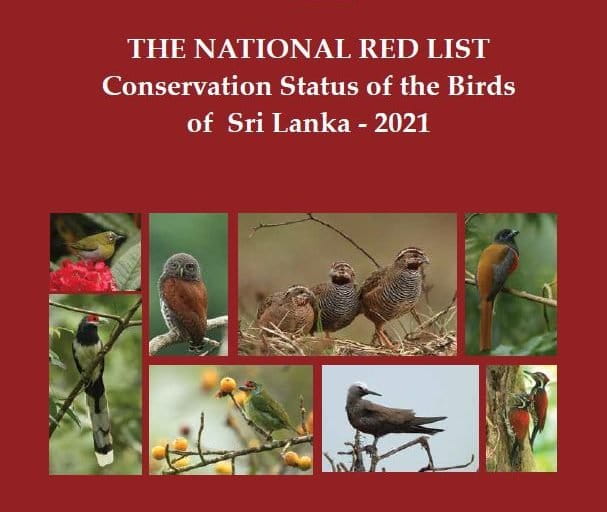
‘Lack of improvement’
This is reflected in a newly launched government publication on the conservation status of native birds, also known as the National Red List. It shows that birds that are habitat specialists — those that have evolved to thrive in a specific type of habitat, especially endemic species found in lowland rainforests and montane habitats — are more vulnerable.
Twenty of Sri Lanka’s 34 known endemic bird species — those found nowhere else on Earth — are now threatened, according to the list. Ten endemic species have seen their conservation status worsen from the last time the list was updated, in 2012: one that was previously considered of least concern is now near threatened; two have gone from near threatened to the threatened category of vulnerable; and seven have gone from vulnerable to endangered.
“The overall trend concerning endemic species is unsatisfactory as it shows the lack of improvement in the status for the majority of the species while some endemics have further deteriorated in status in just in a single decade,” says Devaka Weerakoon, chief technical adviser on fauna for the National Red List and a senior professor of environmental sciences at the University of Colombo.
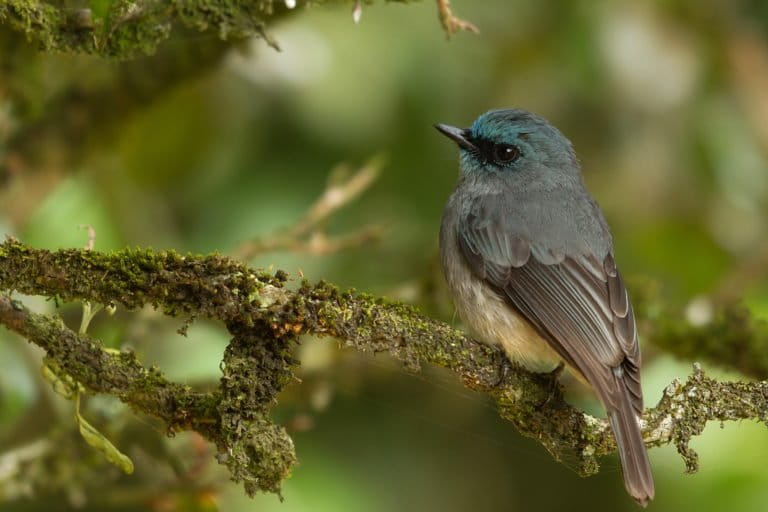
Climate change-driven habitat loss
Sri Lanka is home to 522 bird species, many of them migratory. The red list assessment looks only at the 244 species that breed on the island. It lists 19 of these species as being critically endangered, 48 as endangered, and 14 as vulnerable.
The report warns of climate-driven changes in habitats further shrinking the suitable range for already threatened and endemic bird populations particularly in the island’s wet and montane zones.
A 2020 study showed that a rise in temperature of 2° Celsius (3.6° Fahrenheit) would shift bird communities in Sri Lanka and neighboring India’s Western Ghats upward by 400 meters (1,300 feet). This would significantly reduce the suitable habitat available to high-elevation, threatened endemic species by up to 74%, the study said. It identified the most heavily impacted species as the yellow-eared bulbul (Pycnonotus penicillatus), Sri Lanka whistling thrush (Myophonus blighi), dull-blue flycatcher (Eumyias sordidus) and Sri Lanka bush warbler (Elaphrornis palliseri) — all endemic and which could see up to a 90% reduction in their climate-suitable range by the year 2080.
Given this prospect of climate change-driven habitat loss, Weerakoon says it’s important to have a species conservation plan that specifically targets preserving the birds’ range.
“It is difficult to ascertain the exact nature of these population trends due to lack of long-term monitoring programs in place to track bird population changes in Sri Lanka,” Weerakoon tells Mongabay.
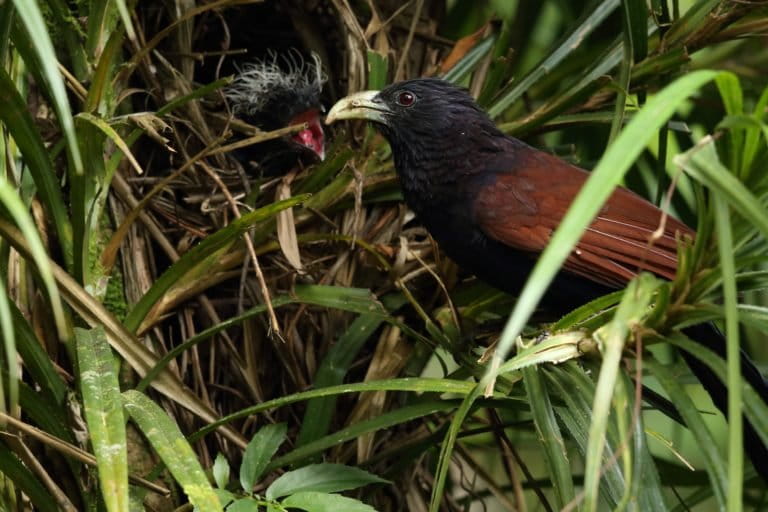
Global and national disparities
The long-awaited publication of the red list, for which the assessment was carried out in 2021 and coordinated by the Ministry of Environment’s Biodiversity Secretariat, drew technical support from the more than 30 experts who sit on the National Bird Expert Panel.
“We gathered more data from the expert panel than in 2012 including both published and unpublished data on the distribution of birds of Sri Lanka, which were used in mapping their conservation status,” says Salindra Kasun Dayananda of the Field Ornithology Group of Sri Lanka (FOGSL), a key contributor and research consultant for the newly updated red list.
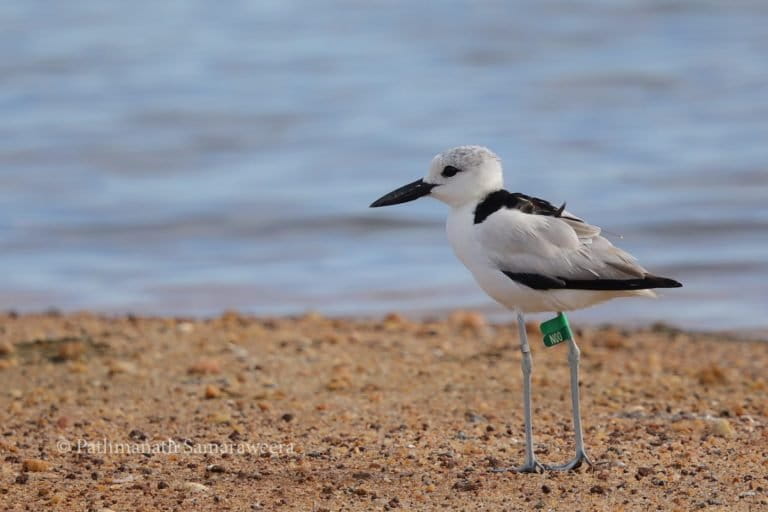
Sri Lanka has high levels of endemism across species, particularly reptiles and amphibians, but only a small number of endemic birds. That means most of the 244 assessed species are also found in other countries, where their national conservation status, and the global red list status, may vary from Sri Lanka’s.
But among the Sri Lankan endemics, there’s a disparity between the global and national red list status: only eight species are listed as threatened on the IUCN Red List, compared to 20 on Sri Lanka’s red list.
“The national statuses are evaluated by local researchers and the data should be more accurate,” Dayananda tells Mongabay. “This was done by local experts by analyzing data sets and their field-based expertise. The red list team intends to iron out this disparity.”
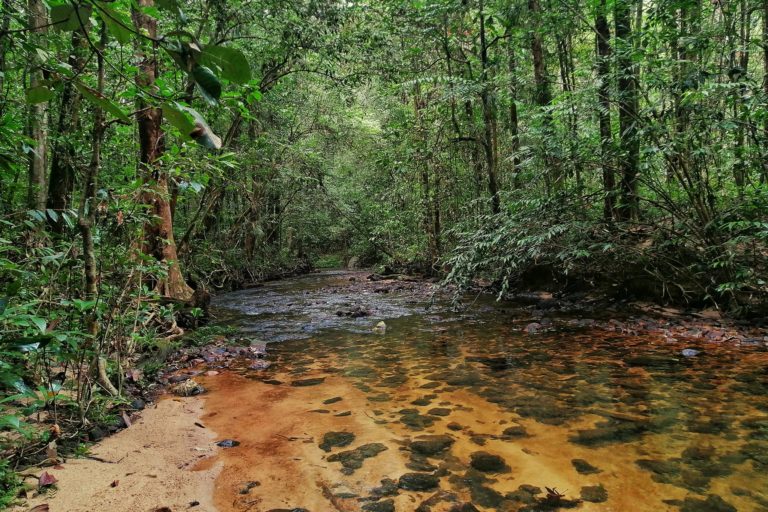
Among the assessed migratory species, 14 are nationally listed as critically endangered. Eleven of then occur in the country’s north, including eight that breed in Adam’s Bridge Marine National Park. This information can be used for the protection of this important habitat, Dayananda says.
Commending the work done by the red list assessors, Sarath Kotagama, emeritus professor of ecology at the University of Colombo and a pioneering Sri Lankan ornithologist, says it’s key to consider not just the threats to the birds, but also how rare they are.
“It’s important to understand whether these species are rare or became rare due to human activity, which drove these conservation decisions,” he tells Mongabay.
Citations:
The National Red List 2021 — Conservation status of the birds of Sri Lanka (2021). Biodiversity Secretariat, Ministry of Environment, Sri Lanka.
Sreekar, R., Koh, L. P., Mammides, C., Corlett, R. T., Dayananda, S., Goodale, U. M., … Goodale, E. (2020). Drivers of bird beta diversity in the Western Ghats–Sri Lanka biodiversity hotspot are scale dependent: Roles of land use, climate, and distance. Oecologia, 193(4), 801-809. doi:10.1007/s00442-020-04671-3
Banner image of birds in flight near Adam’s Bridge Marine National Park, where eight critically endangered bird species breed, courtesy of Gehan Rajiv.
